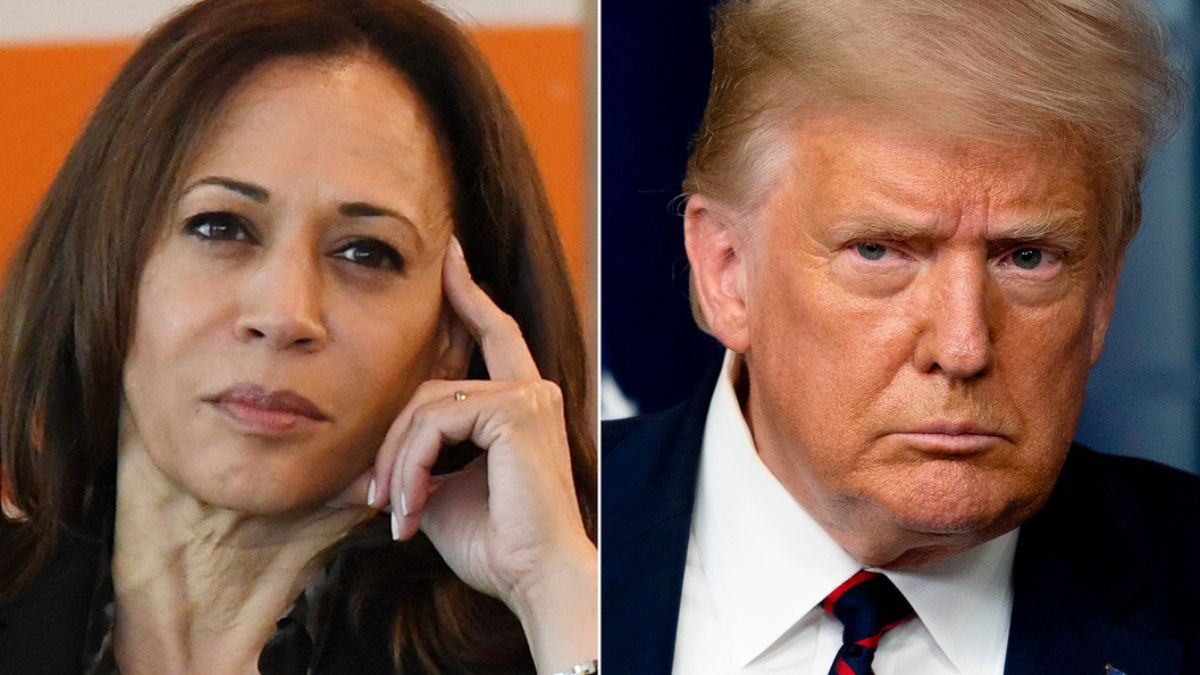 Image credits - cnn
Image credits - cnn
Advertisement
Both former President Donald Trump and Vice President Kamala Harris have recently called on their respective supporters to disregard polling data. However, the motivations behind their appeals differ significantly, highlighting their distinct approaches to the current political landscape.
Donald Trump announced a rally in Florida, addressing his base with characteristic fervour. He dismissed recent polling numbers that suggested waning support for his potential 2024 presidential run, labelling them as “fake news” and “biased.” Trump’s main argument centres on his belief that mainstream media and polling organizations are unfairly targeting him, skewing results to undermine his influence. He emphasized that true support comes from the grassroots and that his movement remains strong despite what the numbers may indicate. By urging his followers to ignore the polls, Trump aims to maintain morale and encourage continued engagement, suggesting that the polls do not accurately capture the enthusiasm and dedication of his base.
In contrast, Vice President Kamala Harris addressed a different audience at a Democratic fundraising event in New York City. While she also encouraged supporters to look beyond the numbers, her reasoning was rooted in the complexities of the upcoming midterm elections and the broader electoral strategy of the Democratic Party.
Harris pointed out that polls are often snapshots that can be misleading and do not account for late shifts in voter sentiment or the impact of grassroots organizing. She stressed the importance of focusing on on-the-ground efforts, such as voter registration and turnout initiatives, rather than being discouraged by temporary dips in polling data. Harris’s message was one of resilience and strategic focus, emphasizing that the Democrats have the infrastructure and resources to overcome unfavourable polls through sustained effort and coalition-building.
The simultaneous appeals from both Trump and Harris reflect the high-stakes environment as the midterms approach. Trump’s call to ignore the polls serves to rally his base and maintain momentum in the face of potential setbacks, while Harris’s message underscores a strategic recalibration aimed at leveraging the party’s strengths to navigate electoral challenges.
Political analysts suggest that these divergent strategies are indicative of the broader partisan divide and the different challenges each side faces. Trump’s approach seeks to energize and mobilize his loyal supporters by casting doubt on the validity of external assessments, whereas Harris focuses on actionable steps and maintaining optimism despite fluctuating poll numbers.
